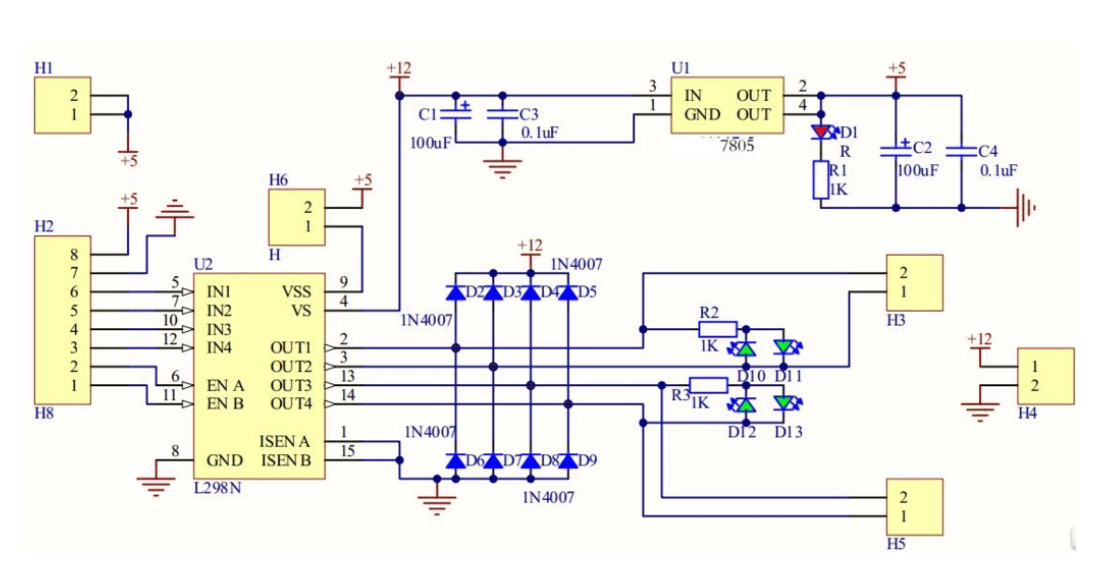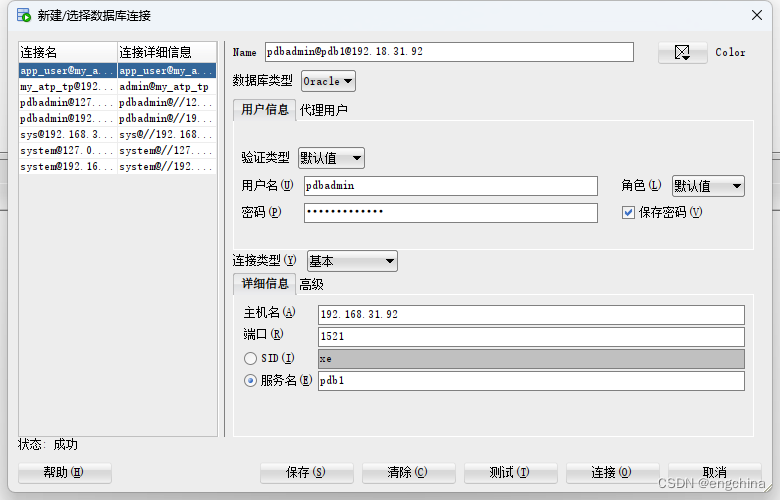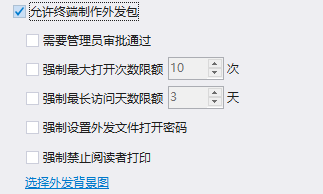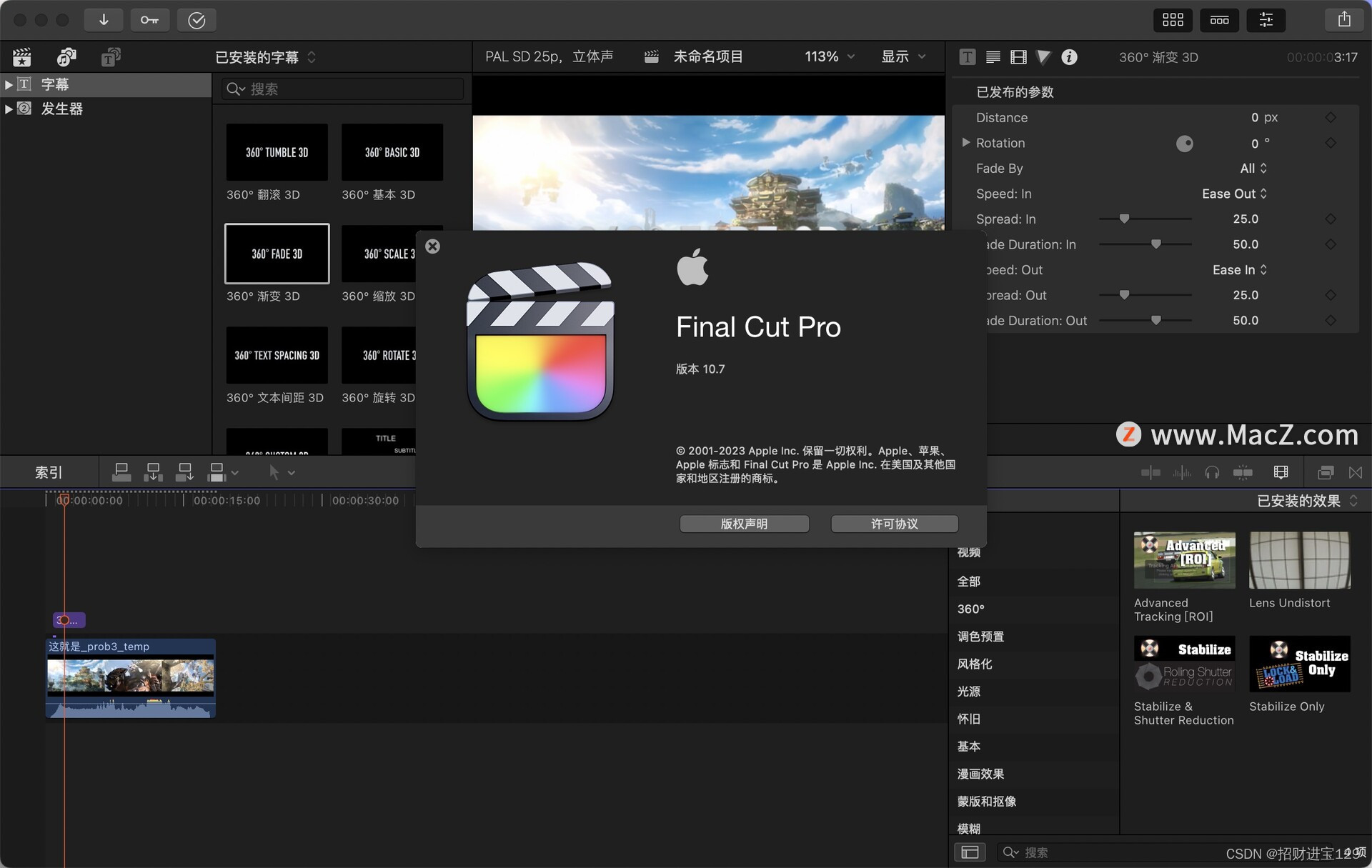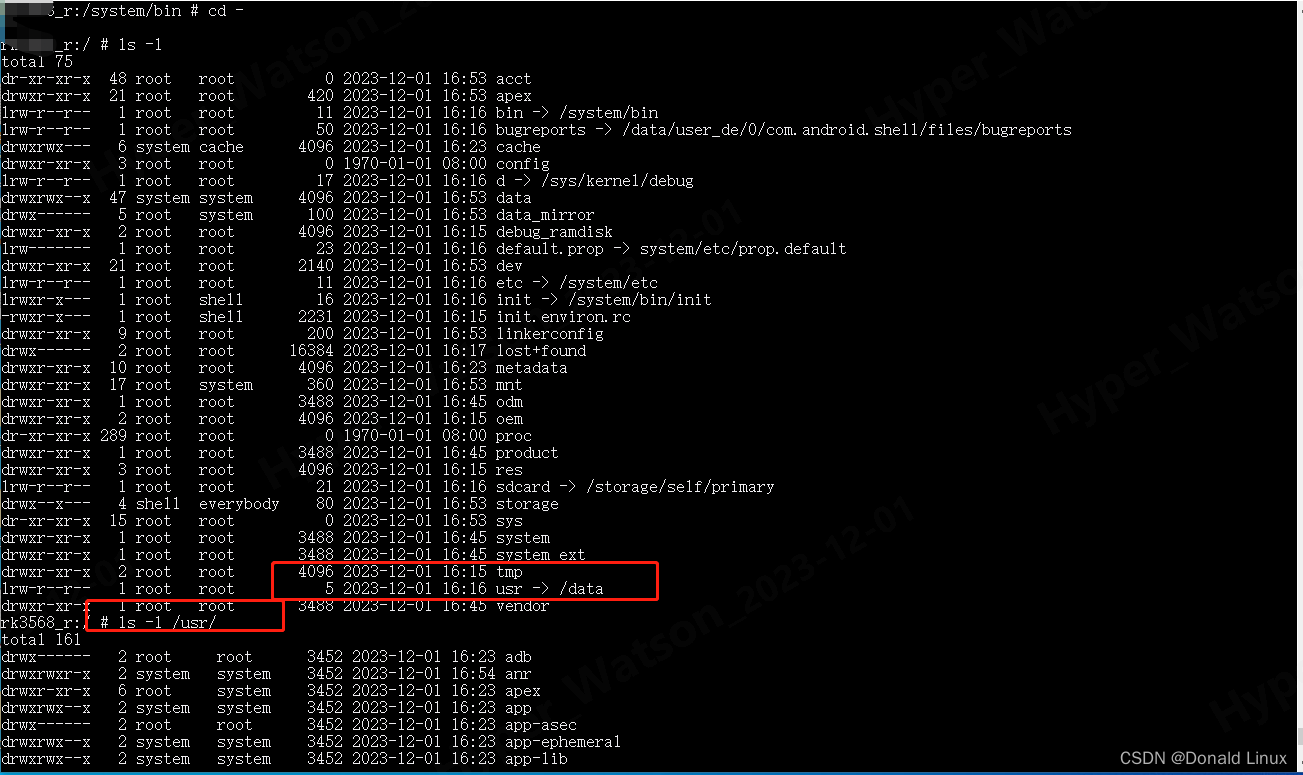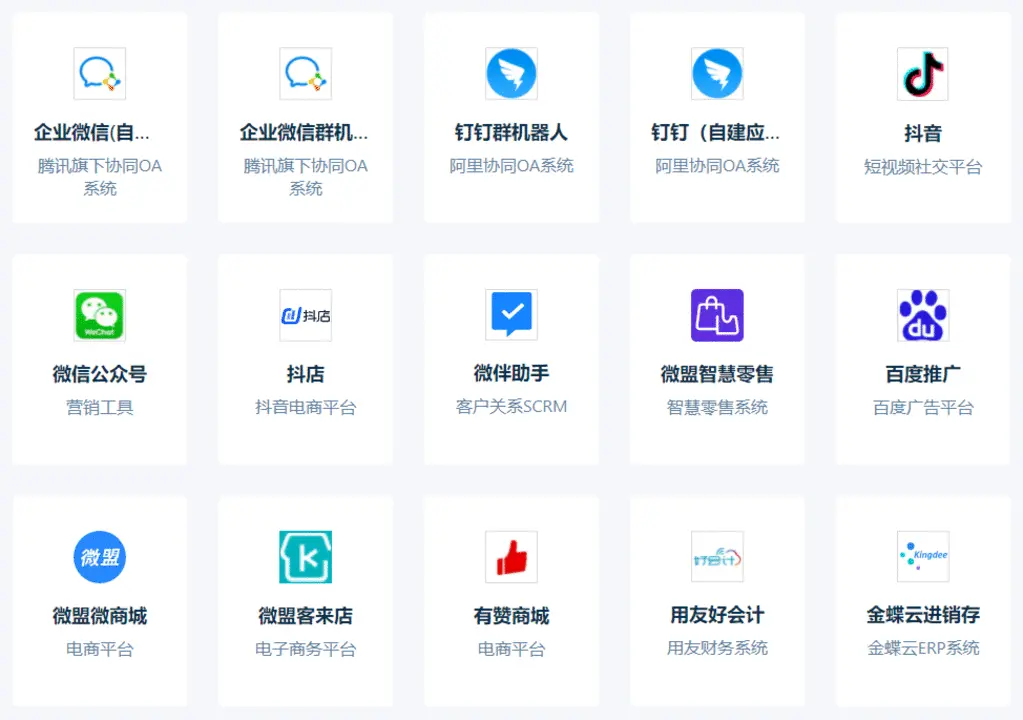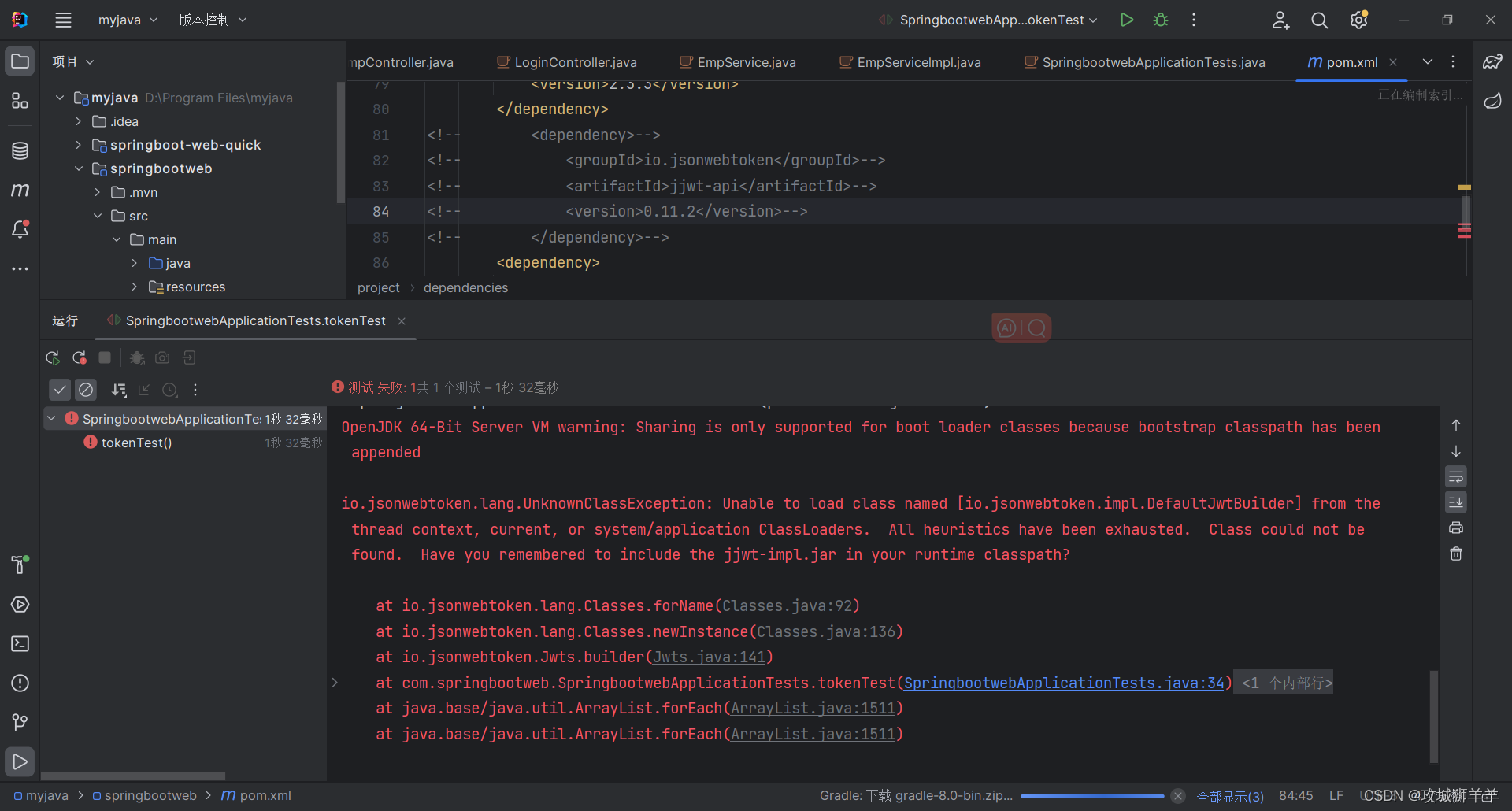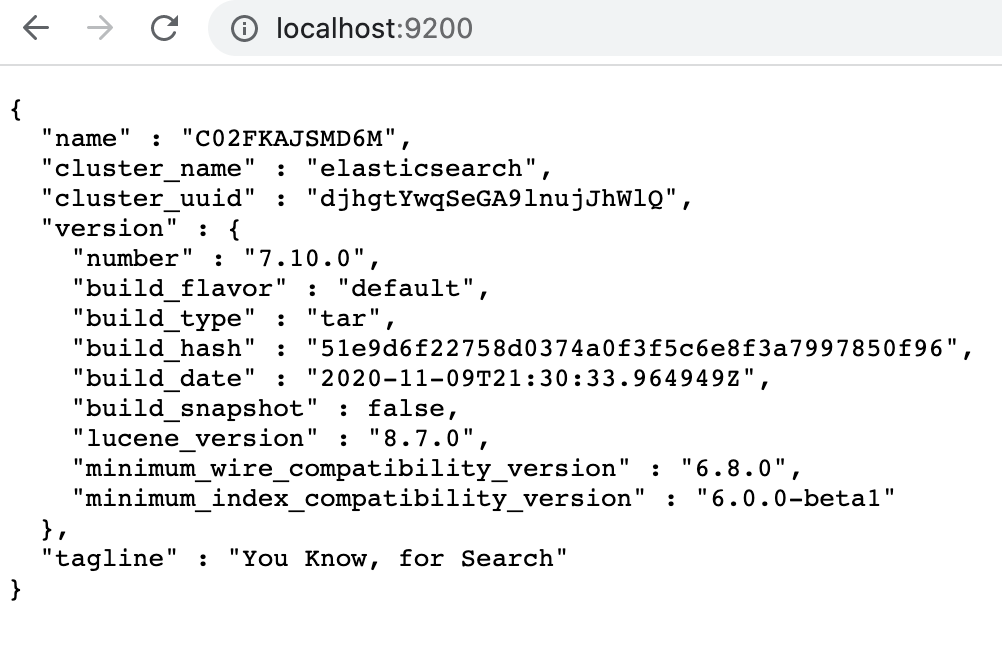目录
- 一、【Helm】添加OTel Helm repo
- 二、【Helm Chart】OTel Collector
- 2.1 daemonset
- 2.2 deloyment
- 三、【K8S Operator】OTel Operator
- 3.1 安装OTel Operator
- 3.2 部署OpenTelemetryCollector
- 3.2.1 Deloyment Mode
- 3.2.2 DeamonSet Mode
- 3.2.3 StatefulSetMode
- 3.2.4 Sidecar Mode
- 3.3 部署Instrumentation - 配置应用端自动注入OTel Agent
- 3.3.1 全局配置Instrumentation
- 3.3.2 工作负载通过annotation启用自动注入
- 3.3.3 Pod内多个container注入
- 3.3.4 Java Pod自动注入
- 3.3.5 剔除/actuator/health
一、【Helm】添加OTel Helm repo
helm repo add open-telemetry https://open-telemetry.github.io/opentelemetry-helm-charts
helm repo update
二、【Helm Chart】OTel Collector
收集器可以部署为以下四种模式之一:
- deployment(默认)
- daemonSet
- statefulSet
默认模式为deployment。
helm install otel-collector open-telemetry/opentelemetry-collector \
--set mode=<value>
helm install otel-collector open-telemetry/opentelemetry-collector \
--values <path where you saved the chart>
2.1 daemonset
部署OpenTelemetry Collector的daemonset实例,以收集节点(node)和运行在这些节点上的工作负载(workloads)相关的遥测数据(telemetry)。使用daementset来保证在所有节点上都安装了这个收集器实例。daemenset收集器的每个实例将只从其运行的节点收集数据。
收集器的实例将使用以下组件:
OTLP Receiver:收集应用程序跟踪、度量和日志。Kubernetes Attributes Processor:将Kubernetes元数据添加到传入的应用遥测中。Kubeletstats Receiver:从kubelet上的API服务器提取节点、pod和容器指标。Filelog Receiver:用于收集写入stdout/stderr的Kubernetes日志和应用程序日志(/var/log/pods/*/*/*.log)。
values-for-daemonset.yaml:
mode: daemonset
presets:
# enables the k8sattributesprocessor and adds it to the traces, metrics, and logs pipelines
kubernetesAttributes:
enabled: true
# enables the kubeletstatsreceiver and adds it to the metrics pipelines
kubeletMetrics:
enabled: true
# Enables the filelogreceiver and adds it to the logs pipelines
logsCollection:
enabled: true
## The chart only includes the loggingexporter by default
## If you want to send your data somewhere you need to
## configure an exporter, such as the otlpexporter
# config:
# exporters:
# otlp:
# endpoint: "<SOME BACKEND>"
# service:
# pipelines:
# traces:
# exporters: [ otlp ]
# metrics:
# exporters: [ otlp ]
# logs:
# exporters: [ otlp ]
2.2 deloyment
部署Collector的deloyment实例,以收集与整个集群相关的遥测数据。只有一个副本的部署确保我们不会产生重复的数据。
收集器的实例将使用以下组件:
Kubernetes Cluster Receiver:收集集群级指标和实体事件。Kubernetes Objects Receiver:从Kubernetes API服务器收集对象,例如events。
values-for-deloyment
mode: deployment
# We only want one of these collectors - any more and we'd produce duplicate data
replicaCount: 1
presets:
# enables the k8sclusterreceiver and adds it to the metrics pipelines
clusterMetrics:
enabled: true
# enables the k8sobjectsreceiver to collect events only and adds it to the logs pipelines
kubernetesEvents:
enabled: true
## The chart only includes the loggingexporter by default
## If you want to send your data somewhere you need to
## configure an exporter, such as the otlpexporter
# config:
# exporters:
# otlp:
# endpoint: "<SOME BACKEND>"
# service:
# pipelines:
# traces:
# exporters: [ otlp ]
# metrics:
# exporters: [ otlp ]
# logs:
# exporters: [ otlp ]
三、【K8S Operator】OTel Operator
OTel K8S整体架构:
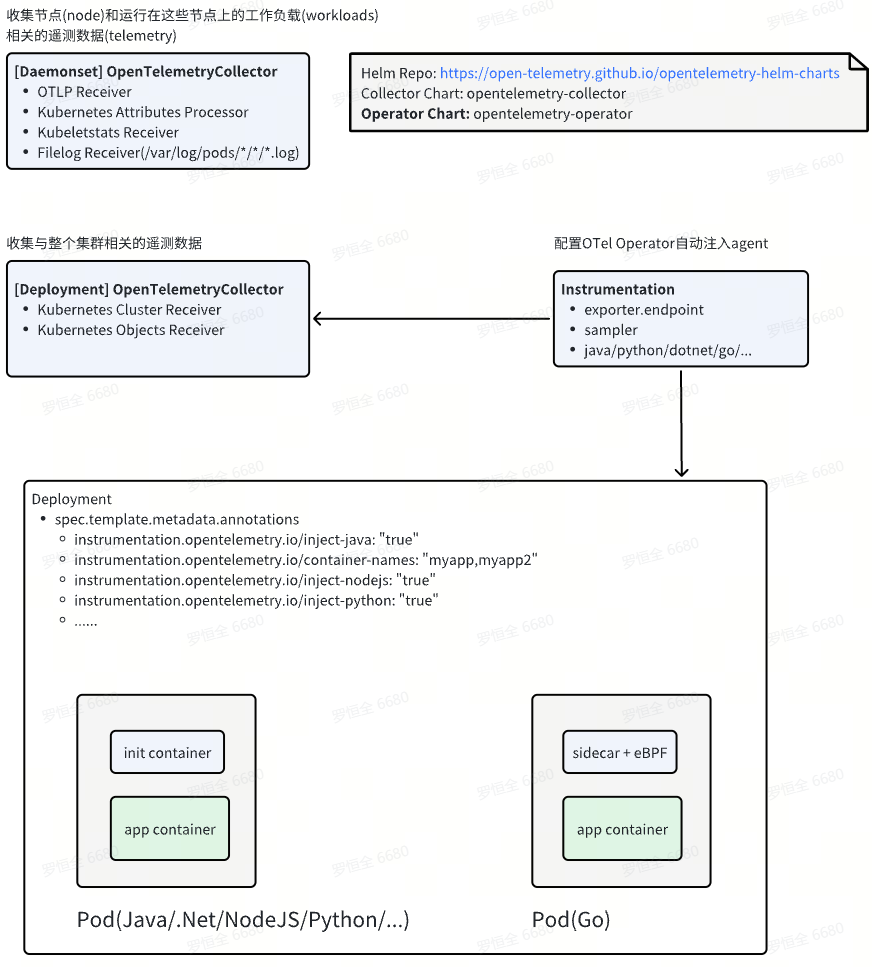
3.1 安装OTel Operator
$ helm install \
--set admissionWebhooks.certManager.enabled=false \
--set admissionWebhooks.certManager.autoGenerateCert=true \
opentelemetry-operator open-telemetry/opentelemetry-operator
helm uninstall opentelemetry-operator
收集器可以部署为以下四种模式之一:
- deployment(默认)
- daemonSet
- statefulSet
- sidecar
默认模式为deployment。
3.2 部署OpenTelemetryCollector
3.2.1 Deloyment Mode
独立部署、运维Collector,方便scale、回滚版本。
$ kubectl apply -f - <<EOF
apiVersion: opentelemetry.io/v1alpha1
kind: OpenTelemetryCollector
metadata:
name: my-collector
spec:
mode: deployment # This configuration is omittable.
config: |
receivers:
jaeger:
protocols:
grpc:
processors:
exporters:
debug:
service:
pipelines:
traces:
receivers: [jaeger]
processors: []
exporters: [debug]
EOF
3.2.2 DeamonSet Mode
作为DaemonSet运行Collector于每个K8s Node之上,收集Node上pod信息。
$ kubectl apply -f - <<EOF
apiVersion: opentelemetry.io/v1alpha1
kind: OpenTelemetryCollector
metadata:
name: my-collector
spec:
mode: daemonset
hostNetwork: true
config: |
receivers:
jaeger:
protocols:
grpc:
processors:
exporters:
debug:
verbosity: detailed
service:
pipelines:
traces:
receivers: [jaeger]
processors: []
exporters: [debug]
EOF
3.2.3 StatefulSetMode
将Collector部署为StatefulSet基本上有三个主要优势:
- Collector实例的name可预测
如果使用上述两种方法来部署Collector,则Collector实例的pod名称将是唯一的(它的名称加上随机序列)。但是,statfulset中的每个Pod都从statfulset的名称和Pod的序号(my-col-0、my-col-1、my-col-2等)中派生其主机名。 - 当Collector副本失败时,将安排重新调度
如果Collector pod在StatefulSet中失败,Kubernetes将尝试重新调度具有相同名称的新pod到同一节点。Kubernetes也会尝试将相同的粘性身份(例如volumnes)附加到新的pod上。
$ kubectl apply -f - <<EOF
apiVersion: opentelemetry.io/v1alpha1
kind: OpenTelemetryCollector
metadata:
name: my-collector
spec:
mode: statefulset
replicas: 3
config: |
receivers:
jaeger:
protocols:
grpc:
processors:
exporters:
debug:
service:
pipelines:
traces:
receivers: [jaeger]
processors: []
exporters: [debug]
EOF
3.2.4 Sidecar Mode
将Collector作为sidecar注入Pod中,
sidecar模式的最大优点是,它允许人们尽可能快速、可靠地从应用程序中卸载遥测数据。这个Collector实例将在容器级别上工作,不会创建新的pod,这对于保持Kubernetes集群的整洁和易于管理是完美的。此外,当您希望使用不同的收集/导出策略时,还可以使用sidecar模式,这正好适合此应用程序。
一旦Collector Sidecar实例存在于给定的名称空间中,您就可以从该名称空间为deployment注入sidecar(以下2种方式任选1种即可):
- 为Deployment添加annontation -
sidecar.opentelemetry.io/inject: true - 为Namespace添加annontation -
sidecar.opentelemetry.io/inject: true
$ kubectl apply -f - <<EOF
apiVersion: opentelemetry.io/v1alpha1
kind: OpenTelemetryCollector
metadata:
name: sidecar-for-my-app
spec:
mode: sidecar
config: |
receivers:
jaeger:
protocols:
thrift_compact:
processors:
exporters:
debug:
service:
pipelines:
traces:
receivers: [jaeger]
processors: []
exporters: [debug]
EOF
$ kubectl apply -f - <<EOF
apiVersion: apps/v1
kind: Deployment
metadata:
name: my-app
labels:
app: my-app
spec:
selector:
matchLabels:
app: my-app
replicas: 1
template:
metadata:
labels:
app: my-app
annotations:
sidecar.opentelemetry.io/inject: "true" # CORRECT
spec:
containers:
- name: myapp
image: jaegertracing/vertx-create-span:operator-e2e-tests
ports:
- containerPort: 8080
protocol: TCP
EOF
3.3 部署Instrumentation - 配置应用端自动注入OTel Agent
operator可以注入和配置OpenTelemetry自动注入agent。目前支持:
- Apache HTTPD
- DotNet
- Go
- Java
- Nginx
- NodeJS
- Python
3.3.1 全局配置Instrumentation
kubectl apply -f - <<EOF
apiVersion: opentelemetry.io/v1alpha1
kind: Instrumentation
metadata:
name: my-instrumentation
spec:
exporter:
endpoint: http://otel-collector:4317
propagators:
- tracecontext
- baggage
- b3
sampler:
type: parentbased_traceidratio
argument: "0.25"
python:
env:
# Required if endpoint is set to 4317.
# Python autoinstrumentation uses http/proto by default
# so data must be sent to 4318 instead of 4317.
- name: OTEL_EXPORTER_OTLP_ENDPOINT
value: http://otel-collector:4318
dotnet:
env:
# Required if endpoint is set to 4317.
# Dotnet autoinstrumentation uses http/proto by default
# See https://github.com/open-telemetry/opentelemetry-dotnet-instrumentation/blob/888e2cd216c77d12e56b54ee91dafbc4e7452a52/docs/config.md#otlp
- name: OTEL_EXPORTER_OTLP_ENDPOINT
value: http://otel-collector:4318
go:
env:
# Required if endpoint is set to 4317.
# Go autoinstrumentation uses http/proto by default
# so data must be sent to 4318 instead of 4317.
- name: OTEL_EXPORTER_OTLP_ENDPOINT
value: http://otel-collector:4318
EOF
以上部署成功的CR Instrumentation可以通过如下命令查询:
kubectl get otelinst.
3.3.2 工作负载通过annotation启用自动注入
通过添加annotation启动自动注入:
- 向pod添加annotation以启用注入
- 将annotation添加到namespace中,以便该名称空间中的所有pod都将获得检测
- 将annotation添加到单独的PodSpec对象中,这些对象可以作为Deployment、Statefulset和其他资源的一部分使用
Java:
instrumentation.opentelemetry.io/inject-java: "true"
# 注入到指定的container中(适用于一个Pod中有多个container)
# 如不指定则默认注入到第一个container中,
# 可通过此配置避免向istio-proxy中注入
instrumentation.opentelemetry.io/container-names: "myapp,myapp2"
NodeJS:
instrumentation.opentelemetry.io/inject-nodejs: "true"
Python:
instrumentation.opentelemetry.io/inject-python: "true"
.NET:
.NET auto-instrumentation also honors an annotation that will be used to set the .NET Runtime Identifiers(RIDs). Currently, only two RIDs are supported: linux-x64 and linux-musl-x64. By default linux-x64 is used.
instrumentation.opentelemetry.io/inject-dotnet: "true"
instrumentation.opentelemetry.io/otel-dotnet-auto-runtime: "linux-x64" # for Linux glibc based images, this is default value and can be omitted
instrumentation.opentelemetry.io/otel-dotnet-auto-runtime: "linux-musl-x64" # for Linux musl based images
Go:
Go auto-instrumentation also honors an annotation that will be used to set the OTEL_GO_AUTO_TARGET_EXE env var. This env var can also be set via the Instrumentation resource, with the annotation taking precedence. Since Go auto-instrumentation requires OTEL_GO_AUTO_TARGET_EXE to be set, you must supply a valid executable path via the annotation or the Instrumentation resource. Failure to set this value causes instrumentation injection to abort, leaving the original pod unchanged.
instrumentation.opentelemetry.io/inject-go: "true"
instrumentation.opentelemetry.io/otel-go-auto-target-exe: "/path/to/container/executable"
Go auto-instrumentation also requires elevated permissions. The below permissions are set automatically and are required.
securityContext:
privileged: true
runAsUser: 0
Apache HTTPD:
instrumentation.opentelemetry.io/inject-apache-httpd: "true"
Nginx:
instrumentation.opentelemetry.io/inject-nginx: "true"
OpenTelemetry SDK environment variables only:
instrumentation.opentelemetry.io/inject-sdk: "true"
可选值:
true- inject and Instrumentation resource from the namespace.my-instrumentation- name of Instrumentation CR instance in the current namespace.my-other-namespace/my-instrumentation- name and namespace of Instrumentation CR instance in another namespace.false- do not inject
3.3.3 Pod内多个container注入
apiVersion: apps/v1
kind: Deployment
metadata:
name: my-deployment-with-multi-containers-multi-instrumentations
spec:
selector:
matchLabels:
app: my-pod-with-multi-containers-multi-instrumentations
replicas: 1
template:
metadata:
labels:
app: my-pod-with-multi-containers-multi-instrumentations
annotations:
instrumentation.opentelemetry.io/inject-java: "true"
instrumentation.opentelemetry.io/java-container-names: "myapp,myapp2"
instrumentation.opentelemetry.io/inject-python: "true"
instrumentation.opentelemetry.io/python-container-names: "myapp3"
spec:
containers:
- name: myapp
image: myImage1
- name: myapp2
image: myImage2
- name: myapp3
image: myImage3
3.3.4 Java Pod自动注入
Java Pod被OTel自动注入后,Pod定义被修改如下:
apiVersion: v1
kind: Pod
metadata:
labels:
app: app-atom
version: v1
name: app-atom-6c97b8dd84-mw222
namespace: otel-poc
spec:
containers:
- env:
- name: SPRING_OUTPUT_ANSI_ENABLED
value: NEVER
- name: LOGGING_CONFIG
value: /config/logback-spring.xml
- name: JAVA_TOOL_OPTIONS
value: ' -javaagent:/otel-auto-instrumentation-java/javaagent.jar'
- name: OTEL_SERVICE_NAME
value: app-atom
- name: OTEL_EXPORTER_OTLP_ENDPOINT
value: http://otel-collector.opentelemetry-operator-system.svc.cluster.local:4317
- name: OTEL_RESOURCE_ATTRIBUTES_POD_NAME
valueFrom:
fieldRef:
apiVersion: v1
fieldPath: metadata.name
- name: OTEL_RESOURCE_ATTRIBUTES_NODE_NAME
valueFrom:
fieldRef:
apiVersion: v1
fieldPath: spec.nodeName
- name: OTEL_PROPAGATORS
value: tracecontext,baggage,b3
- name: OTEL_TRACES_SAMPLER
value: parentbased_traceidratio
- name: OTEL_TRACES_SAMPLER_ARG
value: "0.25"
- name: OTEL_RESOURCE_ATTRIBUTES
value: k8s.container.name=app-atom,k8s.deployment.name=app-atom,k8s.namespace.name=otel-poc,k8s.node.name=$(OTEL_RESOURCE_ATTRIBUTES_NODE_NAME),k8s.pod.name=$(OTEL_RESOURCE_ATTRIBUTES_POD_NAME),k8s.replicaset.name=app-atom-6c97b8dd84,service.version=latest
image: otel-poc/app-atom:latest
imagePullPolicy: IfNotPresent
livenessProbe:
failureThreshold: 3
httpGet:
path: /actuator/health
port: 8080
scheme: HTTP
initialDelaySeconds: 60
periodSeconds: 10
successThreshold: 1
timeoutSeconds: 5
name: app-atom
ports:
- containerPort: 8080
name: http
protocol: TCP
- containerPort: 9999
name: http-xxljob
protocol: TCP
readinessProbe:
failureThreshold: 3
httpGet:
path: /actuator/health
port: 8080
scheme: HTTP
initialDelaySeconds: 60
periodSeconds: 10
successThreshold: 1
timeoutSeconds: 5
resources:
limits:
cpu: "1"
memory: 1000Mi
requests:
cpu: 10m
memory: 128Mi
terminationMessagePath: /dev/termination-log
terminationMessagePolicy: File
volumeMounts:
- mountPath: /config/
name: app-config
- mountPath: /var/run/secrets/kubernetes.io/serviceaccount
name: kube-api-access-vxx27
readOnly: true
- mountPath: /otel-auto-instrumentation-java
name: opentelemetry-auto-instrumentation-java
dnsPolicy: ClusterFirst
enableServiceLinks: true
initContainers:
- command:
- cp
- /javaagent.jar
- /otel-auto-instrumentation-java/javaagent.jar
image: ghcr.io/open-telemetry/opentelemetry-operator/autoinstrumentation-java:231128
imagePullPolicy: IfNotPresent
name: opentelemetry-auto-instrumentation-java
resources:
limits:
cpu: 500m
memory: 64Mi
requests:
cpu: 50m
memory: 64Mi
terminationMessagePath: /dev/termination-log
terminationMessagePolicy: File
volumeMounts:
- mountPath: /otel-auto-instrumentation-java
name: opentelemetry-auto-instrumentation-java
- mountPath: /var/run/secrets/kubernetes.io/serviceaccount
name: kube-api-access-vxx27
readOnly: true
nodeName: k-node1
preemptionPolicy: PreemptLowerPriority
priority: 0
restartPolicy: Always
schedulerName: default-scheduler
securityContext: {}
serviceAccount: default
serviceAccountName: default
terminationGracePeriodSeconds: 30
tolerations:
- effect: NoExecute
key: node.kubernetes.io/not-ready
operator: Exists
tolerationSeconds: 300
- effect: NoExecute
key: node.kubernetes.io/unreachable
operator: Exists
tolerationSeconds: 300
volumes:
- configMap:
defaultMode: 420
name: app-atom
name: app-config
- name: kube-api-access-vxx27
projected:
defaultMode: 420
sources:
- serviceAccountToken:
expirationSeconds: 3607
path: token
- configMap:
items:
- key: ca.crt
path: ca.crt
name: kube-root-ca.crt
- downwardAPI:
items:
- fieldRef:
apiVersion: v1
fieldPath: metadata.namespace
path: namespace
- emptyDir:
sizeLimit: 200Mi
name: opentelemetry-auto-instrumentation-java
3.3.5 剔除/actuator/health
https://github.com/open-telemetry/opentelemetry-java-instrumentation/issues/1060
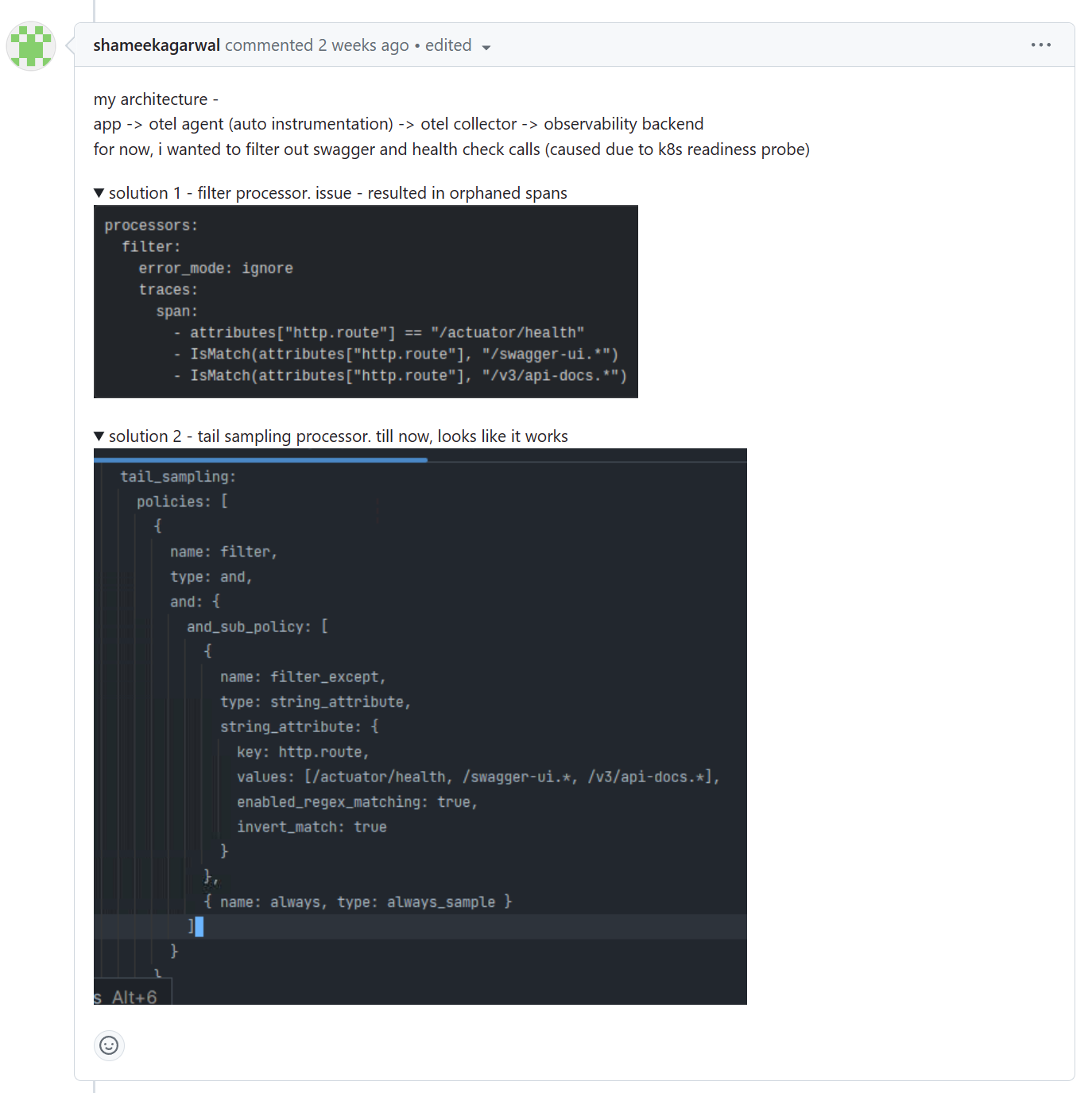
参考:
https://opentelemetry.io/docs/kubernetes/
https://opentelemetry.io/docs/kubernetes/operator/
https://github.com/open-telemetry/opentelemetry-helm-charts
https://github.com/open-telemetry/opentelemetry-operator
阿里技术 - 深入浅出eBPF|你要了解的7个核心问题








